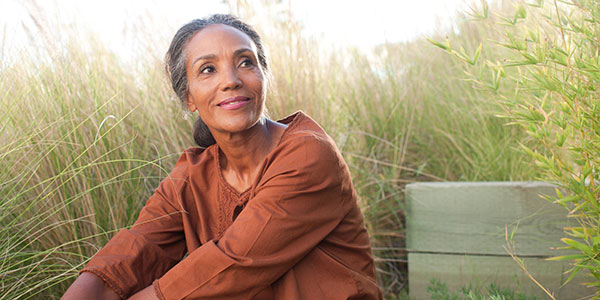It seems everyone knows a woman who has been diagnosed with breast cancer. Among women in the United States, breast cancer is the second most common cancer diagnosis after skin cancer and the second leading cause of cancer-related deaths after lung cancer.

However, there’s been some good news in recent years. According to the American Cancer Society, when breast cancer is diagnosed early, the five-year survival rate is 99 percent. This is due to the early stage and small size, before it spreads to lymph nodes, nearby structures or other places outside the breast. From 2013 to 2018, breast cancer death rates in women older than 50 has gone down by 1% per year. This decrease is likely due to increased awareness, early diagnoses through annual screenings as well as better treatment options.









